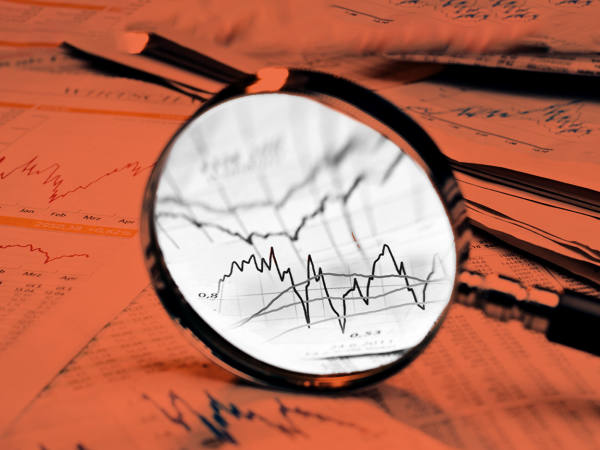“I can prove anything with statistics – except the truth,” wrote the 19th century prime minister George Canning. Critics of quantitative-led investing – in which metrics and ratios take precedence over sector expertise, views on market sentiment, macroeconomics, or close knowledge of a firm’s assets – sometimes make a similar point.
A single-digit price/earnings (PE) multiple, or a discount to net asset value, tell you something about a stock; that it’s cheap relative to peers, or its trading history, or that investors expect group equity to weaken. Such measures may be provable, incontrovertible even. But this isn’t the truth, exactly. In practice, these metrics serve only as snapshots, guides, or probabilities.
Investors therefore need to remember the limitations and misuses of any ratio, especially in isolation. And possibly nowhere is this truer than with the price-to-sales (P/S) ratio.
The first use of the metric – which is calculated simply by dividing a firm’s market capitalisation by its revenue – is to get a feeling for a company with negligible or non-existent profits. Because changes in the top line tend to be less volatile than the bottom, the ratio should be particularly relevant during bumpy or fast-evolving periods.
Take privately owned clothes brand Gymshark, which following a £200mn capital injection in 2020 was valued at more than £1bn, or around four times that year’s sales. Last year, the Sunday Times Rich List pegged the business’s value at £1.5bn, meaning its price had declined to around three times its FY2023 sales. While we might question that valuation – given the business’s falling gross margin and slowing sales – it feels more workable than a trailing PE multiple of 150, down from around 50 a year earlier.
The metric’s second major function is as a shorthand. Often, the media will refer to a firm with annual sales of £100mn as “a £100mn company”. While unsophisticated, it’s not illogical; because profits and investor sentiment vary widely, it can be safer to stick to what’s known. Sales can also give a sense of scale, and therefore a brand’s strength or customer reach, as well as a very rough indicator of expected net profits in some sectors.
Still, the metric’s users must tread carefully. A ratio of less than one (a rating that applies to more than a third of FTSE 350 firms, excluding investment trusts) isn’t the automatic sign of cheapness that some claim it to be.
For some sectors, its relevance is obscured. Analytics group Relx (REL), which boasts sticky earnings, steady growth and an operating profit margin of around 30 per cent, commands a P/S ratio of seven. For Tesco (TSCO), whose business model is both lower margin and much more capital- and asset-intensive, it’s 0.3.
But while it’s often better to compare the ratios of companies to their peers, sales aren’t always that meaningful for some sectors, such as insurers, banks, or Reits, where income and asset quality carries much more weight in valuation.
Turning to the numerator, the big issue lies in what it omits. A low price might point to high liabilities. Based on price alone, pub chain JD Wetherspoon (JDW) trades at half of group sales. Factor in net debt, and sales are equal to its enterprise value, which gives a sharper reading of the total capital required to generate a given level of sales.
Most importantly, sales indicate little about a company’s ability to thrive. Many firms can juice their top line through discounting – thereby lowering their price-to-sales ratio – but this may hurt earnings. Unlike the PE multiple, you can’t have a negative P/S ratio.
In summary, context (especially capital structures, a firm’s maturity, and trading conditions) is everything. The ratio is probably most informative when applied to a stock’s own valuation history. Even then, like all measures, it only tells you so much.











